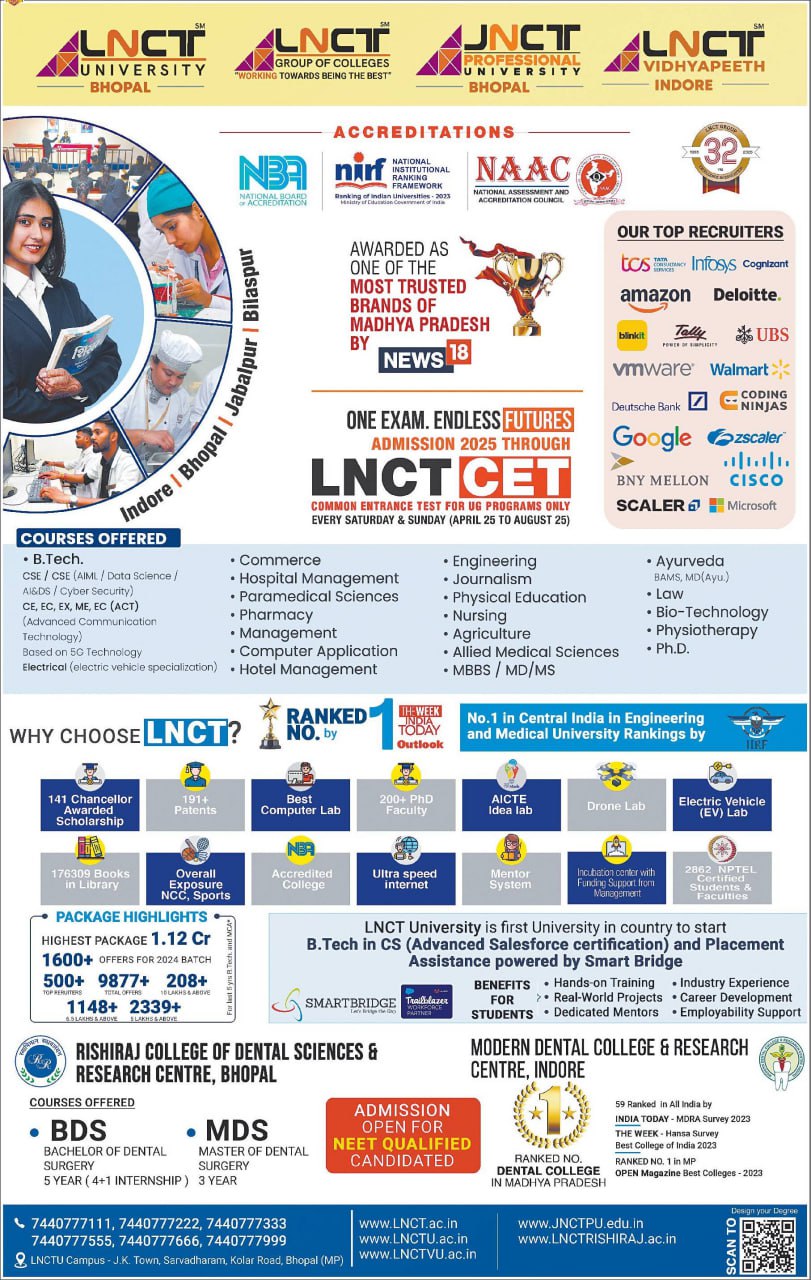CNN Central News & Network–ITDC India Epress/ITDC News Bhopal: Launched in 2014, the “Make in India” campaign came with promises of transforming India into a global manufacturing hub, attracting foreign investment, and generating employment. A decade later, the results are mixed—significant progress in some sectors, but unfulfilled promises in many areas.
Achievements:
India has made remarkable progress in mobile phone manufacturing. Companies like Apple are assembling iPhones in Tamil Nadu and Karnataka. Mobile exports surged from $10 billion in 2020 to over $15 billion in 2024–25. The Production-Linked Incentive (PLI) scheme attracted investments worth ₹10 lakh crore and created 6 lakh jobs, boosting sectors like electronics, pharmaceuticals, automobiles, and drones. India has become the fourth-largest automobile market in the world. In the defense sector, the target of sourcing 70% of procurement domestically by 2025 is progressing well.
Challenges:
Despite these achievements, manufacturing’s share in GDP remains stagnant at 16–17%, far behind China (27%) and Vietnam (25%). Progress in high-tech sectors like semiconductors is limited; projects like Vedanta-Foxconn are facing technical and financial hurdles. Logistics costs remain at 13–14% of GDP—much higher than developed countries (8–9%). Despite initiatives like PM Gati Shakti and the National Logistics Policy, reducing the cost to 8% remains a challenge.
Labor reforms (4 new labor codes) have been passed but not yet implemented in many states, limiting their ground-level impact. In the Ease of Doing Business rankings, India was 63rd in 2020, but small businesses still face bureaucratic and procedural hurdles. India’s integration into global supply chains is weak; for example, Vietnam (~$50 billion in electronics exports) is far ahead.
The Road Ahead:
Make in India needs to go beyond incentives and focus on infrastructure, skill development, and innovation. Government-private partnerships must be strengthened in initiatives like the India Semiconductor Mission and Green Hydrogen Mission. The goal of training 40 million youth under the National Skill Development Mission is crucial. Access to labor, land, and capital must be further simplified. Encouraging startups and MSMEs will boost innovation.
To transform Make in India from a slogan into a ground-level movement, Indian industries must achieve global standards in quality, competitiveness, and innovation. Only then can India secure a strong position in global manufacturing.
#MakeInIndia #IndianEconomy #ManufacturingIndia #AtmanirbharBharat #EconomicPolicy #ForeignInvestment #IndustrialGrowth #IndiaDevelopment #NewChallenges






